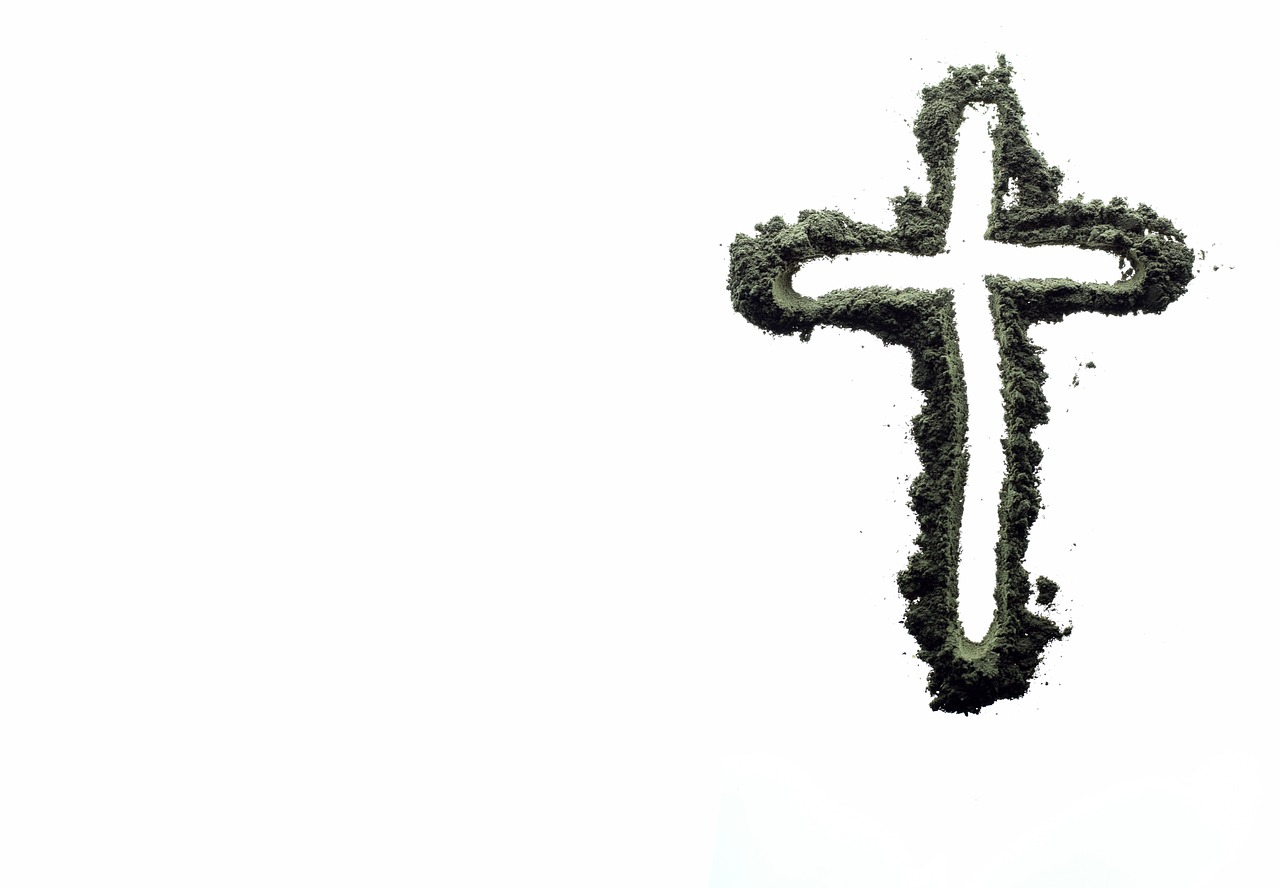Ash Wednesday this year, 2023, was the first time I wore the ashes cross on my forehead. It was deeply meaningful.

I did not grow up in a religious tradition that included the ashes-on-the-forehead practice. In the buckle of the Bible belt, it was considered too ‘Catholic.’ But many of those traditionally legalistic beliefs have changed, recognized for what they were — a type of judgment and spiritual abuse.
Now that I attend a more liturgical and inclusive community of Jesus followers, I am open to accepting new ways of growing my faith. So I attended the Ash Wednesday service with my son and found it to be spiritually uplifting while at the same time a poignant reminder of what the day means.
Our service was filled with beautiful music and a sense of emotional loss. We were, after all, entering the season when that incredible God/Man died a brutal death so that we could be accepted into God’s loving arms.
Then toward the end of the evening, each of us walked forward to receive the ashes. The gentle touch of my pastor’s thumb pressing into my forehead. The warmth of her flesh against mine. Her soft voice, “From dust you came. To dust you will return.” My imagination of what the cross must look like on my skin. The tears that caught in my throat.
Then later, looking at the reflection of the cross of ashes in my bathroom mirror. Accepting the truth about the final state of my body. Having just completed all the paperwork for where and how my own ashes will be buried, this cross was a visual of my final act.
A reminder that death precedes eternal life. But ashes can also evoke a positive response. Used as mulch to produce new life. Beauty from dust. The ending and the beginning. Alpha and Omega.
Still, the writer in me wanted to know more. What was the origin of this practice? What is this visual and sensory act intended to mean for Jesus followers?
With a bit of research, I learned the following:
- The practice of a cross of ashes on the forehead began in the 8th century with the Gregorians, a community of Anglican friars.
- It did not become a widespread part of American religious tradition until the 1970s.
- The ashes symbolize penitence, being sorry for how we have ignored God and mistreated others — the basics of sin.
- They are also a reminder of the brevity of our lives, of our mortality. We are not self-sufficient enough to forgive our own misdeeds. Jesus alone owns the power to transform us.
- The ashes are made from the previous year’s Palm Sunday branches. Oil is often added to make the ashes stay on the forehead longer.
- For many people, the ashes are an outward sign of their faith walk. An organic method of exhibiting our beliefs. A bit more meaningful than random cross jewelry or cross tattoos.
- People often begin religious conversations when they see someone with the ash cross on foreheads.
- The practice has become a symbol of the beginning of Lent. A time to remember what Jesus did for us. How much he gave up for us. What the cross truly symbolizes.
We should never look at a cross without remembering how it represents a brutality of torture unacceptable in our world of civil rights. The ashes bring us into the Lenten season as a more gentle reminder of what Christ’s sacrifice means.
And for me, that cross of ashes on my forehead represented a type of spiritual growth. Of accepting one of the more traditional practices within a modern world. Of opening my soul even more to consider the liturgies of other denominations.
Of expanding my intention to make this year’s Lenten season a time to remember Jesus.
©2023 RJ Thesman – All Rights Reserved
Consider the women who loved Jesus and followed him to the cross. The Women of Passion Week
I also grew up as a child and young adult in a denomination that didn’t observe Lent. In my late 40’s I experienced a Lenten season led by a pastor who like our Shepherd led us through the wilderness toward our indescribable Easter! Each Lenten season since then has held its own instruction (loosely held as it’s occurring) and grace. Always different because I am different each year. Journey of Stones series has been and has the potential to continue being a powerful impact on my faith journey. Blessed to experience it the same time as you! ❤️
Selah! Thank you.
Loved learning some of the history I didn’t know. Thank you!
I’m glad it was helpful. It is interesting, for sure.
I grew up valuing the richness of varied faith traditions. I have served and worshiped with my liturgical brothers and sisters. I appreciate the history you shared about the ashes.
Thank you. It’s always good to learn new concepts and new ways to worship.